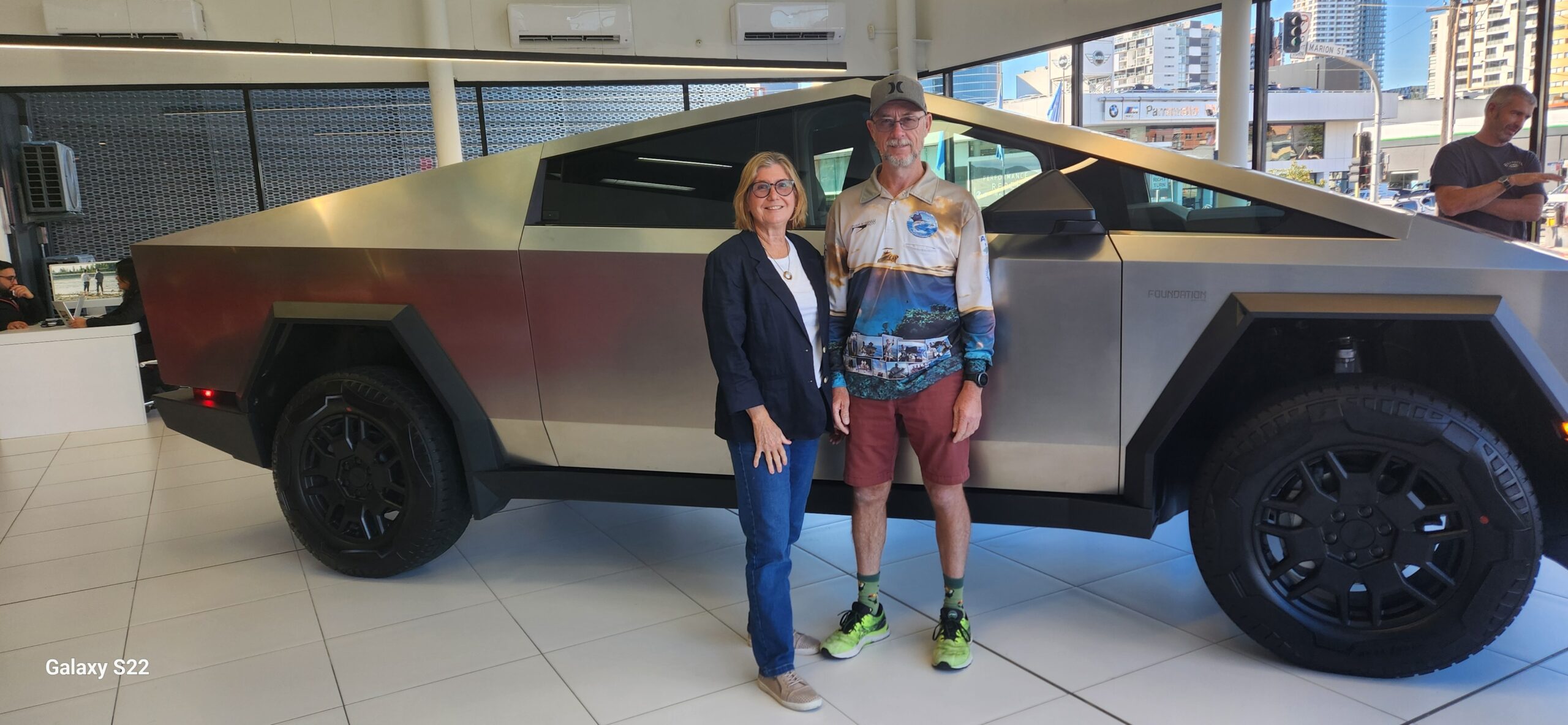Sign up for daily news updates from CleanTechnica on email. Or follow us on Google News!
More than 120 scientists signed a letter protesting the choice of a hydrogen fuel cell sedan as the official car of the 2024 Olympic games in Paris, but the outrage was a bit misplaced. The Paris Olympics missed a golden opportunity to highlight alternative transportation over cars, regardless of the fuel. Fortunately, Lime has stepped in to fill the e-bike gap.
E-Bikes Vs. Bicycles: My Personal Journey
Before getting into Lime’s plans for the Paris Olympics, let’s spend a few minutes sorting through the debate over bicycles vs. e-bikes.
My personal view is that there is no debate. I live in a hilly area, and a 20-mile round trip commute to work on a bicycle was a non-starter. My 21-speed Cannondale could handle the route for recreational purposes, but that wouldn’t leave me with enough time or energy leftover for work and extracurriculars.
Everything changed when Rad Power graciously lent me one of its e-bikes to try out. The hills disappeared. Eliminating that last especially nasty 1-mile climb back home was especially satisfying.
To ice the zero emission commuting cake, my door-to-door time was practically the same if not even shorter, because I could avoid urban core traffic jams and park my e-bike under my building at work, instead of circling around the garage up the block and walking back (check out more of my e-bike tryouts here).
The only problem was weight. Nowadays I need a lighter bike that I can fold up, carry onto a train, and carry up and down stairs. Lots of stairs. So I bought an inexpensive Zizzo Ferro folding bike, which I absolutely love. It came with conventional pedals, but the sale price was irresistible, so I kicked out 20 bucks to replace them with a pair of folding pedals, and it’s perfect.
The tradeoff is having to deal the occasional hill under my own steam, but them’s the breaks. For my purposes, the longest, steepest hill I need to climb is only 100 yards or so and I have been known to get off and walk in a pinch.
More E-Bikes For The Paris Olympics
Bottom line: I’m not going to judge anyone who decides to pedal around the Paris Olympics on an e-bike instead of a bicycle. With that, let’s see what Lime is up to.
On July 18, Lime announced that it is investing more than €6 million in an effort to share the e-bike love during the Paris Olympics and Paralympics.
The outsized investment indicates Lime’s confidence that e-bikes will appeal to the influx of visitors expected during games. That’s not simply based on there being more feet available for pedaling. Lime has also seen interest in its bike-sharing service grow significantly this year.
“Between January and February 2024, Lime recorded an 88% increase in bicycle trips compared to the same period in 2023,” the company reported.
The €6 million will pay for a 50% increase in Lime’s e-bike fleet in Paris, from 10,000 to 15,000. In support of the additional fleet maintenance work, Lime is also planning to have 25% more mechanics on hand.
“In addition, the number of patrol officers and drivers will be increased by 30% to facilitate small repairs, ensure the safety of users and optimize bicycle management in the city,” Lime adds.
Battery-Swapping Comes To The Paris Olympics
In an interesting twist, Lime is also using the occasion of the Paris Olympics to stir interest in e-bike battery self-service, otherwise known as battery swapping.
Battery swapping got a bad rap in the early 2000s when a couple of high profile early-adopter ventures failed, but technology improvements are bringing battery swapping back into the alternative transportation fold for both two-wheeled and four-wheeled vehicles.
Among other advantages, battery swapping saves time for the rider (or driver), while improving the logistics, maintenance, and lifespan profile of EV batteries.
For the Paris Olympics, Lime is dedicating €100,000 out of the €6 million pot to encourage e-bike riders to swap out their own battery, increasing the number of swapping stations from 40 to 90. As incentive, the rider gets 20 minutes of free travel.
As an added convenience, Lime’s e-bike battery swapping partner is the Paris-based grocery chain Franprix, so riders can stop off and get some shopping done before they refresh their battery. “Users can locate charging stations through the Lime app and follow an easy process to replace a low battery with a full one, ensuring uninterrupted service,” Lime explains.
The Paris Olympics Is Just The Beginning
Staging Lime’s distinctive colors against the backdrop of the Paris Olympics is a publicity no-brainer. It’s much more difficult to draw attention to behind-the-scenes decarbonization efforts, but I got a chance to touch base with some Lime representatives at an event in New York last month and they were very eager to talk about the company’s track record.
Lime launched its #RideGreen internal decarbonization roadmap five years ago. Against the 2019 baseline, on May 21st, the company reported that it cut emissions intensity by 59.5% as of 2023, with intensity referring to a sort of per-capita measurement.
“The gap between our business growth and carbon reductions continue to grow as well: year-over-year we grew the business by 32% reaching over $615M in revenue, however, we saw a 16.3% reduction in annual carbon emissions,” Lime added.
To underscore the relationship between profitability and emissions reduction, Lime notes that an important feature of its efforts has been the investment in more longer-lasting swappable batteries and more durable vehicles.
As for the five-year improvement, that includes a cut in Scope 1 emissions by 16.2%, referring to emissions directly related to company operations. Lime credits the electrification of its operations fleet with much of the decrease, along with other efficiency improvements.
Scope 2 emissions refers to the energy used by a company. Fleet electrification and other efficiency improvements don’t let a company off the hook for Scope 2 emissions, if it continues to rely on fossil fuels. Lime reports that it slashed Scope 2 emissions by 100% through its renewable energy procurement program.
E-Bikes Vs. Cars, Fuel Cells Or Not
The nice thing about electric cars, whether fuel cell or battery, is the absence of tailpipe emissions (except for water, in the case of fuel cells). Other than that, electric cars can’t hold a sustainability candle to e-bikes and other two-wheelers, which require far less metal and other parts to transport a body from here to there.
Even though some auto industry stakeholders are focusing more attention on sustainable supply chains, that still leaves the issue of the construction and upkeep of roads, parking garages, and other intrusive infrastructure needed to keep car culture alive, at the expense of biodiversity and urban quality of life.
It remains to be seen how the numbers pan out after the Paris Olympics, but keep an eye on that battery swapping angle for signs that the needle is moving away from car culture and towards transportation alternatives.
Follow me via LinkTree, or @tinamcasey on Threads, LinkedIn, and Instagram.
Photo (cropped): Lime is deploying the backdrop of the 2024 Paris Olympics to draw attention to e-bikes and battery swapping, too (courtesy of Lime).
Have a tip for CleanTechnica? Want to advertise? Want to suggest a guest for our CleanTech Talk podcast? Contact us here.
Latest CleanTechnica.TV Videos
CleanTechnica uses affiliate links. See our policy here.
CleanTechnica’s Comment Policy




